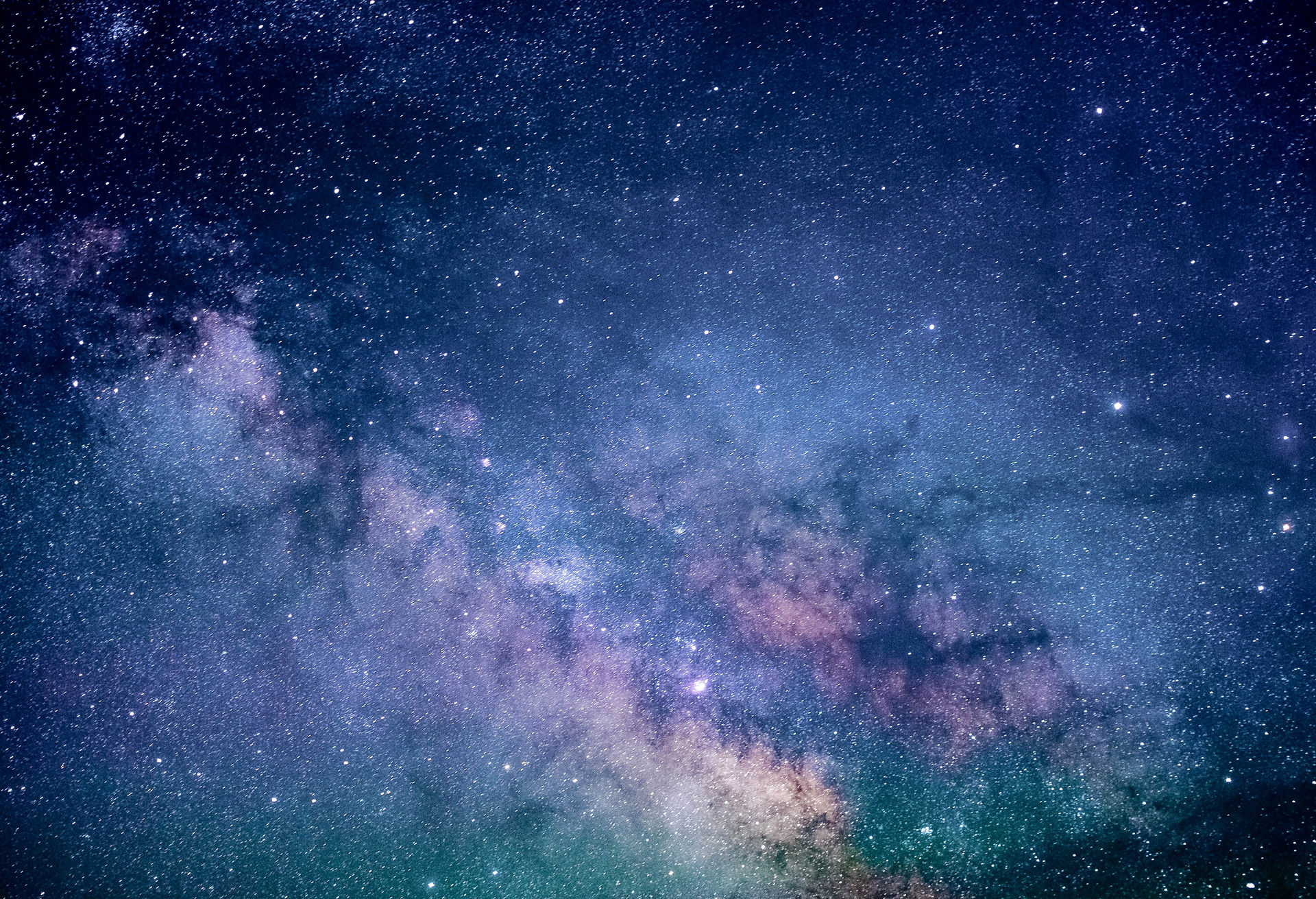
Image copyright: Rafael Defavari, via apod.com
This page is under construction as of August 2023.
Please check back later for updated information.
Overview of Thesis Research
For my doctoral thesis, I am studying massive star formation in protocluster environments in 9 typical massive star-forming regions in the Milky Way galaxy.
Most stars form in groups (clusters), even though many of those stars later drift away from their prenatal companions. However, while low-mass stars (stars less than about half the mass of our Sun) are sometimes seen forming on their own, massive stars (stars greater than about 8 times the mass of our Sun) are only ever seen forming in groups of other protostars - what astronomers call "protoclusters." Furthermore, while the formation process of low-mass stars is fairly well-understood, the means by which high-mass stars form is still unclear - except that it's clear that high-mass star formation is not just a "scaled-up" version of how low-mass stars form. It is thought that the local environment - that is, the protocluster itself - plays an important role in forming high-mass stars.
For my doctoral thesis, I am observing nine different regions in the Milky Way that are known to be currently forming high-mass stars. These objects are called Extended Green Objects (EGOs), because they have extended emission in the IRAC 4.5 um band (commonly coded as green in 3-color images). EGOs exist in a particular evolutionary state wherein their massive protostars are believed to be actively accreting and driving outflows, but have not yet developed significant ionizing radiation. This is an important stage of star formation for researchers to study, because it is far enough along in the process that we can be certain that massive stars will form, but early enough that the formation environment (the protocluster) has not yet been destroyed.
Earlier this year, I published a paper exploring the mid-infrared emission from these objects using data from the SOFIA telescope and various infrared archival data. Currently, I am working to characterize their millimeter and centimeter emission using data from the VLA and ALMA. I am using wide-band continuum emission at two centimeter and two millimeter wavelengths to construct radio SEDs for the individual protostellar members of each protocluster, and thus identify and constrain their emission mechanisms at radio wavelengths. I am also examining both collisionally-excited (water and ammonia) and radiatively-excited (methanol) maser emission in these sources. A more detailed statement of this research, including an explanation of the different theories of massive star formation, can be found on the Project Details page.